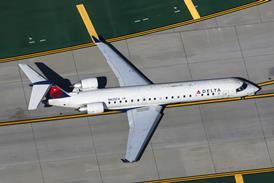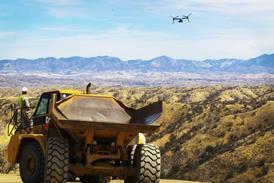As to whether air traffic control (ATC) instructions or airborne collision avoidance systems (ACAS) command should take priority for pilots and the differences between Eastern and Western standard operating procedures on ACAS, one must first refer to the standards and recommended practices of ICAO.
These are contained in ICAO documents 4444 (PANS-ATM) and 8168 (PANS-OPS). Those rules give precedence to the ATC instruction, because ACAS was developed for regions where no ATC service is provided or when ATC does not function normally, as in the case of radio failure. ACAS is not a first choice separation and collision avoidance system, but a last means of potential collision warning. It must therefore be accepted that most aircraft operators give ATC the preference, especially when they can communicate with a controller in an efficient manner. For the pilots this seemed to be the case here, and they should not be blamed for doing so.
As regards the controllers, para 15.6.3 of ICAO document 4444 on ACAS says:
"The procedures to be applied for the provision of air traffic services to aircraft equipped with ACAS shall be identical to those applicable to non-ACAS equipped aircraft...." ATC has to have complete information on all the traffic in a given airspace sector, whereas the pilot can only have part-knowledge of the traffic around him.
One might have also asked why the DHL crew did not stop its descent when they heard the controller's instruction to the Tupolev to descend. It is not up to us, not having been the pilots on these aircraft, to put their decision in question, because the cause of the accident is wholly due to ATC. That situation should never have been allowed to develop, for a number of ATC internal rules were violated, and will be violated again if stricter rules are not forced upon all ATS providers.
Frank W Fischer
President International Advisory Group Air Navigation Services,
Germany
Source: Flight International























